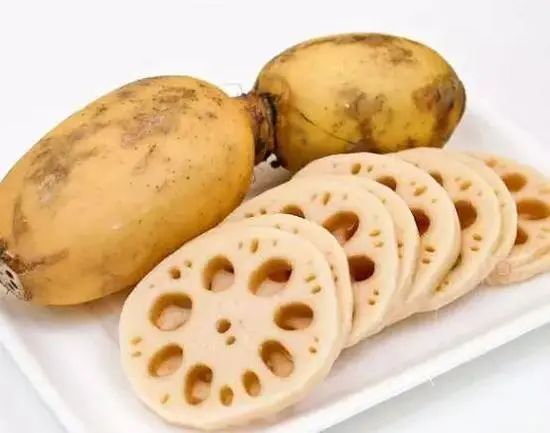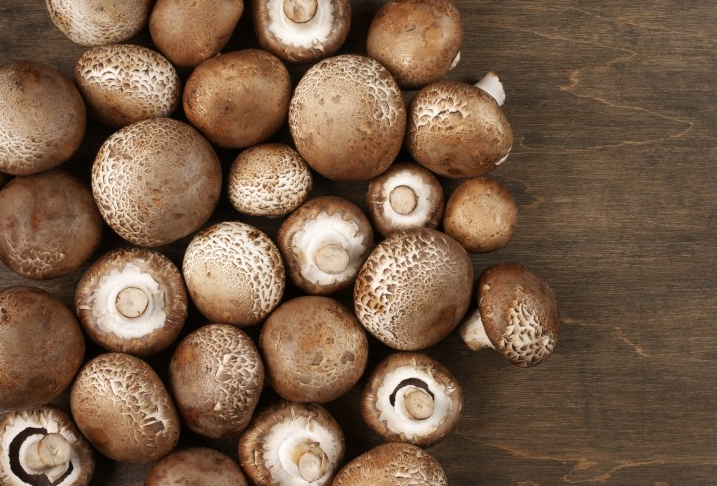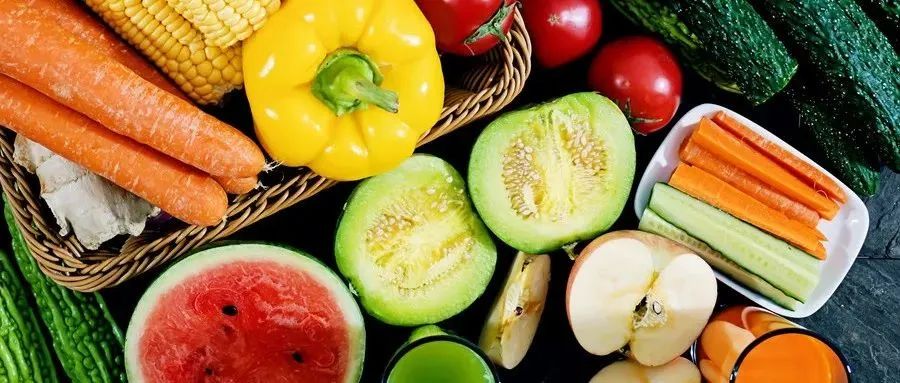


Food Properties
Summary
Meridian


Dr. Zhou often emphasizes that consuming cold foods can severely harm the spleen and stomach.
Therapists also advise that for the next few days, one should avoid cold foods such as seafood and fruits, as well as cold drinks.
So, what exactly are cold foods? How can we distinguish between cold and hot foods?
What are Cold Foods?
Cold foods are those that are difficult to digest and absorb, requiring a significant amount of the body’s vital energy (yuanqi) to process.
Only those with strong yang energy, or those who are particularly irritable when ill, or those who are deficient in body fluids after a fever, should consume them.
For anyone with spleen and stomach deficiency or excessive dampness, regularly consuming or overindulging in cold foods will only harm the spleen and stomach, deplete yang energy, and even affect children’s growth and development.


What are Some Cold Ingredients?
Rank 1: Fruits!
“Five fruits assist, five vegetables nourish,” in fact, fruits are merely supplementary foods, not essentials. One does not need to eat fruits every day to be healthy!
Most fruits and vegetables are cold in nature, but vegetables are usually cooked, which significantly reduces their cold properties. Fruits, however, are often eaten raw straight from the fridge, making them much colder.

Some people, in an effort to lose weight, make fruit salad their main dish; others, believing online rumors, eat at least one apple a day, ultimately leading to worsening spleen and stomach conditions and increased dampness in the body.
The best staple foods are still the five grains. Plant seeds are more nutritious and easier to absorb than leaves.
Rank 2: Milk
Milk is indeed rich in protein, but it is not a suitable nutritional product for everyone!
Because milk is also cold in nature, even heated milk retains this property. Only infants with pure yang constitutions are suitable for drinking milk.

After adulthood, many people experience diarrhea or bloating after drinking milk, which is due to changes in their constitution; they are no longer pure yang, and milk is no longer the best food for adults. Those with poor spleen and stomach should reduce milk intake and consume more warming foods.
Long-term consumption of milk can lead to the accumulation of cold and dampness in the body, which is one of the causes of conditions like depression, asthma, rhinitis, and chronic diarrhea. Friends with respiratory and digestive sensitivities should avoid milk as much as possible.
If you really want to drink milk, what should you do? When boiling milk, add some warming ingredients like oats, cinnamon powder, or galangal to neutralize the cold nature. For example, ginger milk is a good choice.
Rank 3: Aquatic Foods
Most aquatic foods are cold in nature, such as fish and shrimp. Even aquatic birds like ducks and swans are cold, while terrestrial birds like chickens and sparrows are warm. Aquatic rice is cold, while terrestrial wheat is warm.

Therefore, friends who frequently enjoy seafood should add more warming ingredients like scallions, ginger, garlic, perilla leaves, chili, and fermented black beans when cooking cold foods, and also include more cilantro or celery.


Tips for Distinguishing Cold and Hot Foods
Currently, there are many people with cold constitutions, which are mostly caused by diet. Living in Guangdong, where the humidity is so heavy, frequently consuming cold foods can easily lead to illness due to the combination of dampness and cold.
Here are some tips for distinguishing between cold and hot foods.

1. Look at the Color!
Greenish colors are cold in nature; reddish colors are warm.

Green plants close to the ground absorb moisture from the earth, hence they are cold in nature, such as mung beans and green vegetables. Red plants, like chili peppers, jujubes, and pomegranates, although they grow close to the ground, have fruits that receive sunlight for longer, making them warm.
2. Taste the Flavor!
Bitter and sour flavors are cold; sweet and spicy flavors are warm.

Foods like bitter melon, bitter herbs, taro, plums, and papaya are cold in nature; while garlic, durian, and pomegranate, which are spicy and sweet, are warm.
3. Look at the Origin!
Aquatic plants are generally cold; terrestrial plants are generally warm.

Water plants like lotus, kelp, and nori are cold; while terrestrial plants like peanuts, potatoes, yams, and ginger, which grow in the soil, are warm due to their lower moisture content.
4. Look at Sunlight Exposure!
Shade-grown foods are cold; sun-exposed plants are warm.

Foods that grow in the shade, facing north, rarely see sunlight and absorb more moisture, hence they are cold, such as mushrooms and black fungus. In contrast, foods that grow in the open or prefer sunlight are warm, such as sunflowers, chestnuts, and jujubes.
5. Look at the Season!
Foods from winter and summer are generally cold; foods from spring and autumn are generally warm.

In winter, the cold is heavy, so foods that grow in winter are also cold in nature, such as napa cabbage, shiitake mushrooms, white radishes, and winter melons. Foods that grow in summer absorb more rainwater, are cold, and promote dampness, such as watermelons, cucumbers, and pears. Foods from spring and autumn are generally warm, such as jujubes, hawthorn, and pomegranates.

Cold and cool foods are too common and can easily lead to spleen and stomach deficiency, causing abdominal pain, diarrhea, yellowish complexion, and poor spirit. So how can we consume cold foods without causing coldness?

1. Add scallions, ginger, garlic, and Sichuan pepper when cooking.
2. Do not eat cold dishes made from cooling vegetables; try to heat them before consumption.
3. Combine cold and hot foods in cooking to achieve a balance, such as chicken stew with shiitake mushrooms or lamb stew with white radish.

THE END

▍Copyright Statement:
○ This article’s text content is organized and published by 【Dr. Zhou’s TCM Clinic】. Please retain copyright when reprinting.
○ Text: Some content sourced from the internet, please delete if infringing.
○ Images: Some content sourced from the internet, please delete if infringing.

